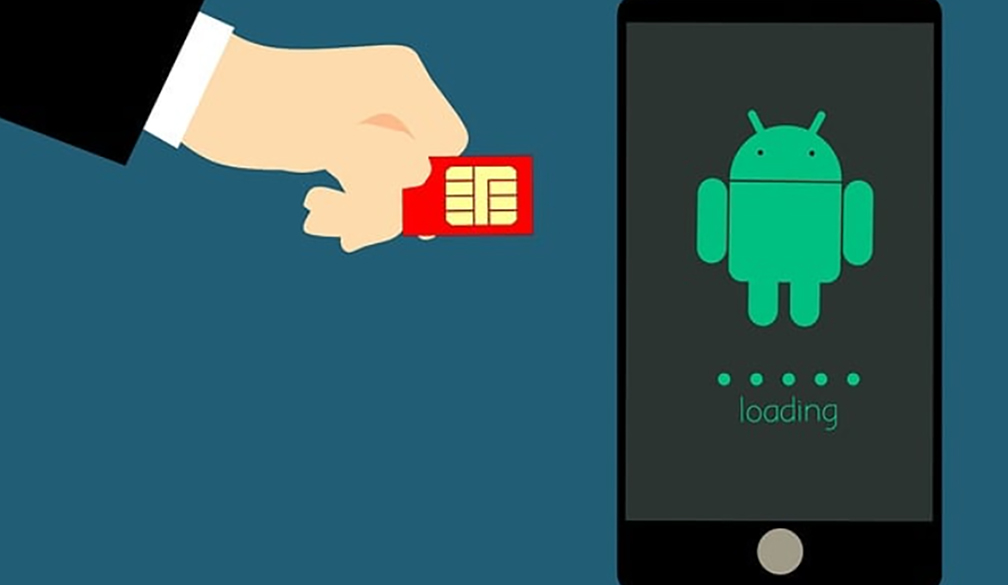Benefits and Drawbacks of eSIM Technology
- Written by MISS.com.au

In today's digital age, staying connected is a priority, whether you're traveling the world or simply going about your daily routine. One technology that's been gaining traction for its potential to revolutionize connectivity is eSIM (embedded SIM) technology. As we delve into the world of eSIM, let's explore its benefits and drawbacks, shedding light on its impact on the way we stay connected.
Benefits of eSIM Technology:
- Seamless Connectivity:
eSIM technology introduces a seamless connectivity experience that simplifies the way we connect to mobile networks. Unlike traditional SIM cards that require physical swapping when switching networks, eSIM allows for automatic network switching based on signal strength and availability. This means that as you move between areas with varying network coverage, your device seamlessly transitions to the strongest available network, ensuring you're always connected without interruptions. Whether you're navigating the bustling streets of a European city or exploring the serene landscapes of Switzerland, eSIM technology keeps you connected effortlessly. Get hold of an eSIM Europe to stay connected throughout the trip.
- Flexibility in Carrier Selection:
One of the standout features of eSIM technology is its flexibility in carrier selection. With traditional SIM cards, you're often tied to a specific carrier, requiring you to purchase and insert a new SIM card whenever you switch networks. eSIM eliminates this inconvenience by allowing you to choose and switch carriers directly from your device's settings. Planning a trip from eSIM Europe to eSIM Japan? Instead of searching for local SIM cards, you can simply select and activate a new carrier on your eSIM-enabled device – all without changing physical cards.
- Remote Provisioning:
Gone are the days of physically visiting a carrier's store to purchase and activate a new SIM card. eSIM technology offers the convenience of remote provisioning, meaning you can activate and manage eSIMs from anywhere with an internet connection. This is especially beneficial for travelers – imagine landing at an airport in Japan and instantly activating a local carrier's data plan right from your device. This flexibility eliminates the need for physical SIM cards and the associated hassle of obtaining them.
- Cost Savings:
For travelers and frequent flyers, roaming charges can quickly accumulate and result in unexpected bills. eSIM technology addresses this concern by offering cost-effective data plans and the ability to switch to local carriers. Whether you're exploring the historic landmarks of Europe or indulging in Japan's cultural experiences, eSIM technology provides the option to choose data plans that suit your usage patterns; getting the right eSIM Japan for example, can help you save money and stay connected without breaking the bank.
Drawbacks of eSIM Technology:
- Limited Device Compatibility:
While eSIM technology shows promise, it's important to note that not all devices currently support it. As of now, eSIM compatibility varies between different device models and manufacturers. This means that if your device doesn't support eSIM, you won't be able to take advantage of its benefits. As the technology evolves and gains wider acceptance, it's likely that more devices will adopt eSIM capabilities.
- Dependence on Digital Infrastructure:
eSIM technology relies on robust digital infrastructure for provisioning and activation. While this is typically not an issue in well-connected areas, it could pose challenges in regions with limited digital infrastructure. In remote or rural locations, where internet connectivity might be spotty, the convenience of eSIM activation could be hampered.
- Security and Privacy Concerns:
As with any digital technology, security, and privacy are valid concerns. eSIM technology requires the storage of sensitive information electronically, which could make it a potential target for data breaches or unauthorized access. While stringent security measures are in place to mitigate these risks, it's essential for users to stay vigilant and choose reputable eSIM providers to ensure their data's safety.
The Bottom Line:
As eSIM adoption continues to expand, its role in shaping the future of connectivity becomes more apparent. While the drawbacks are worth noting, the advantages and evolving nature of eSIM technology promise a connected future where staying in touch, whether in eSIM Europe or eSIM Japan, becomes a seamless and effortless experience.
